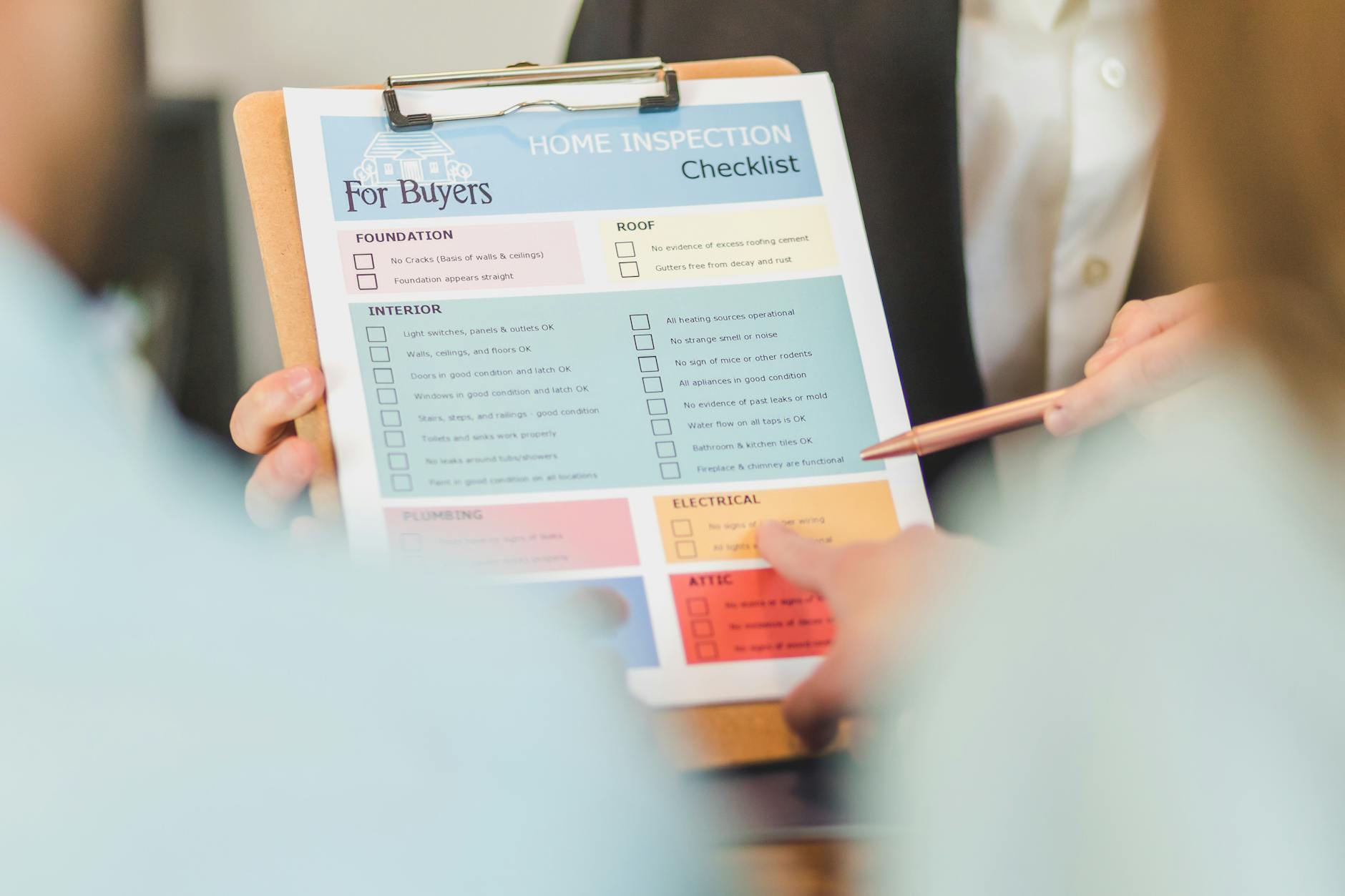Exploring the Used Containers Inspection Checklist
Used containers are an essential component in various industries, serving as a versatile solution for storage, transportation, and more. When looking to purchase used containers, conducting a thorough inspection is crucial to ensure that you are investing in a quality product that meets your needs. In this article, we will outline an essential inspection checklist for smart buyers to follow before making a purchase. By adhering to these key steps, you can make informed decisions and avoid potential pitfalls associated with purchasing substandard containers.
Understanding the Inspection Process
Before diving into the specific steps of the inspection checklist, it is important to understand the overall inspection process. When examining a used container, buyers should assess various factors such as structural integrity, cleanliness, functionality, and compliance with industry standards. By conducting a comprehensive inspection, buyers can determine the overall condition of the container and identify any potential issues that may impact its performance and longevity.
Inspecting the Exterior
The first step in the inspection checklist involves examining the exterior of the container. Smart buyers should look for signs of corrosion, dents, rust, or other forms of damage that may compromise the structural integrity of the container. Additionally, inspect the doors, hinges, seals, and locking mechanisms to ensure they are functioning properly. Any visible defects should be documented and taken into consideration when assessing the overall quality of the container.
Checking the Interior
Moving on to the interior inspection, buyers should pay close attention to the cleanliness and condition of the container’s interior surfaces. Look for signs of mold, mildew, odors, or any other contaminants that may affect the usability of the container. Inspect the flooring for damage, water stains, or soft spots that could indicate structural issues. Ensure that the interior of the container is free of debris and meets the hygiene standards required for its intended use.
Verifying Compliance and Certification
One crucial aspect of the inspection checklist is verifying that the used container complies with relevant industry standards and regulations. Check for certification labels, such as CSC (Container Safety Convention) plates, ISO markings, and other certifications that indicate the container has been inspected and approved for safe transportation and storage. Buyers should also confirm that the container meets the size, weight, and capacity requirements specified for its intended use.
Testing Functionality
In addition to visual inspection, buyers should test the functionality of key components such as doors, locks, seals, and ventilation systems. Open and close the doors to ensure they operate smoothly and securely. Test the locking mechanisms to verify that they provide adequate security. For refrigerated containers, check the functionality of the cooling system and ensure that it maintains the desired temperature. By testing the functionality of these components, buyers can ensure that the container is ready for use upon delivery.
Consulting with Experts
For buyers who are unfamiliar with the inspection process or have specific requirements for their containers, consulting with industry experts can provide invaluable insights and guidance. Experts in container inspection and procurement can offer advice on best practices, recommend reputable suppliers, and help buyers navigate the complexities of purchasing used containers. By leveraging the expertise of professionals in the field, buyers can make more informed decisions and mitigate risks associated with buying substandard containers.
Conclusion
Purchasing used containers can be a cost-effective and practical solution for businesses and individuals in need of storage or transportation solutions. By following a comprehensive inspection checklist and conducting due diligence before making a purchase, smart buyers can ensure that they are investing in high-quality containers that meet their requirements. From examining the exterior and interior of the container to verifying compliance, testing functionality, and seeking expert advice, each step in the inspection process plays a crucial role in determining the overall quality and suitability of the container. By prioritizing thorough inspection and informed decision-making, buyers can confidently select the right used containers for their needs.

